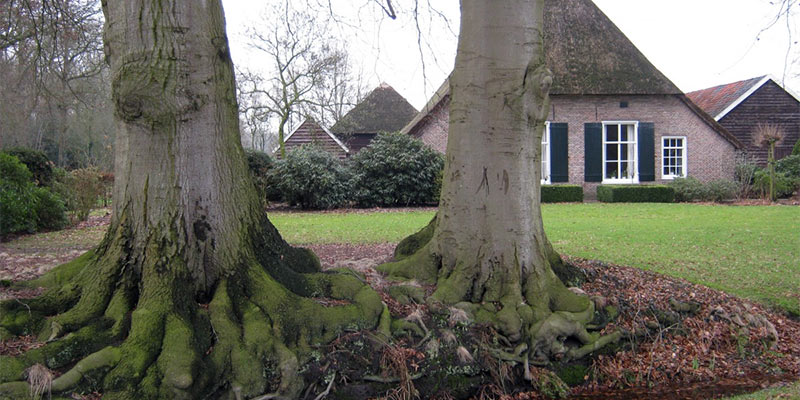
As we all know, the typical garden has changed immensely over the years. Once upon a time it might have been the focus of a battle between neighbours; with each one vying to get the better in the garden beauty contests. While in some areas this is still very much true, in others low-maintenance gardens are more popular.
Today’s article isn’t going to go through the ins and outs of which option you should be going for – this will largely depend on your time. Instead, the focus of today is to look at what your garden can tell you about your house.
That’s right, your garden can provide some key insights over whether a potential property is going to be riddled with problems, or whether it’s going to be your dream home for years to come. Of course, you should exercise caution here and always enlist the help of specialists such as surveyors during the house buying process, but for a top-line view it can be worth delving into the garden to see what might lay beneath.
This guide will instead look at the structure of your home, rather than what sits inside it. For the latter, you will probably need to turn to home warranties (take a look what does American Home Shield cover for more information), which will be relevant once you complete the purchase of your property.
Are there any large trees in the garden?
As lovely as some large trees can look, you should always exercise a little caution with them. If you have ever completed a building insurances quote, you’ll have probably been asked this question as well – and it’s for really good reason.
Large trees have large roots – and at times these can wreak havoc with your foundations. In the very worst-case scenarios they can cause cracks in walls, or even the complete failure. Different species also have different risk factors, as outlined here.
Some homeowners have made the fatal error of removing these large trees, in a bid to alleviate the above problem. Unfortunately, it can make it much worse, as suddenly all of the water that was being circulated to the roots is left to languish in the soil, and potentially impact your foundations again.
Do any outside walls have cracks?
This follows a similar vein to the previous point about ground movement. If you have any walls in your garden and notice cracking, it might be an idea to investigate. Sometimes these walls do not have foundations, but if they do it might be worth finding some of the reasons behind these cracks, and if they are likely to occur in the walls of your property.
Are there any water features near to the house?
Suffice to say, this next point relates to large water features. If you have a pond quite close to your home, you should be wary of any possible flood risks if there is increased rainfall. A quick check at flood history for the area can provide you with a bit of rest bite, but beyond that it might be a good idea to develop some flood resistance systems.
